The Sacred Valley of the Incas, also known as the Urubamba Valley, is an incredible region steeped in history and natural beauty. Nestled in the Andean highlands of Peru, the valley is approximately 60 kilometers long. It is situated near the ancient Inca capital of Cusco and near the world-renowned archaeological site of Machu Picchu.
What is the Sacred Valley
Dare to discover the Sacred Valley of the Incas, lands of awesome fertility. Where each product grown shows astonishing quality and generosity. Not in vain, the Incas called their lands "Sacred" because they believed that these were blessed by the same gods.
The Urubamba, or Vilcanota River, crosses around 60 miles from southeast to northwest. Along its course, its waters bathe fertile riverbanks that produce healthy and generous grains of white corn, potatoes, kiwicha, quinoa, beans, barley, and coca.
Fertile lands, a perfect template climate around the year, and beautiful landscapes guarded by imposed Andes mountains on each side made the Incas build there their most important neighborhoods, cities, and palaces. All of them aligned with celestial events that were deeply meaningful to the Inca civilization. Thus, there’s a lot of history, culture, and natural beauty to be discovered in the fantastic Sacred Valley.
A trip to the sacred valley is an enriching experience. It lets you explore important remnants of the Inca civilization.
Where is the Sacred Valley in Peru
The Sacred Valley, or the Urubamba Valley, is in the Andes of Peru. At 15 km northeast of the Inca capital of Cusco and near the ancient city of Machu Picchu. It is in the present-day Peruvian region of Cusco.
History
The Sacred Valley also has a rich history that spans thousands of years. It was a crucial area of settlement for various cultures, culminating in the Inca civilization.
A.- Pre-Inca Period
The Sacred Valley has been inhabited since prehistoric times due to its fertile land and favorable climate. Various cultures, such as the Killke and the Wari, left their mark on the valley with terraced fields settlements villages.
B.- Inca Period
The Inca civilization began to rise in the 13th century and eventually established their capital at nearby Cusco. At 27 kilometers southeast of Sacred Valley. The valley's fertile soils were a major food source for the highland cities. The valley is also dotted with many sacred Inca sites.
There, the Inca developed sophisticated agricultural techniques, such as terracing and irrigation, to cultivate the land. The Sacred Valley also had strategic importance. It offered a natural path to the jungle. It also acted as a buffer zone, keeping Cusco safe from the Antis, the fierce jungle tribes.
C.- Spanish Conquest and Colonial Period
After the arrival of the Spanish in the 16th century, the Sacred Valley underwent significant changes. The Spanish built colonial towns just close to Inca cities, introduced new crops and livestock, and converted the indigenous population to Christianity. However, many Inca sites, traditions, and agricultural practices survived and are still visible today.
D.- Modern Times
Today, the Sacred Valley is a major tourist destination. It draws visitors from around the world with its well-preserved archaeological sites, traditional Andean communities, and stunning natural beauty. The region's agricultural heritage also lives on, with local farmers growing maize and other crops in the terraced fields just as their ancestors did centuries ago.
Places you can visit in the Sacred Valley
The Urubamba Valley, another name for the Sacred Valley, is situated in Peru's Andean highlands. It is a historically and culturally rich area that served as one of the centers of the Inca Empire. The following are a few of the Sacred Valley's most significant villages and cities.
Pisac
Pisac was an ancient Inca neighborhood over an eponymous mountain at the extreme valley southeast. It is 33 kilometers from the city of Cusco. Pisac also served as a military fortress and astronomical observatory and had even an Inca cemetery, unique in its class.
After the Spanish conquest and during colonial times, Viceroy Toledo founded a beautiful namesake village at the mountain foot. There, Spaniards and Indians lived together harmoniously.
The area also has a famous artisan market. In it, you can appreciate handcrafted jewelry, textiles, glass, and other unique objects.
Yucay
This small town has a peaceful charm, known for its Inca terraces and palaces.
Town of Urubamba
Urubamba is the modern town of the Sacred Valley zone. In it, you'll be able to find restaurants, accommodation, and stores. Most of them are destined for the tourist.
Ollantaytambo
Ollantaytambo is a beautiful zone of Sacred Valley that hosts a fortress over a namesake mountain and a colonial town on its slopes. It is 97 kilometers northeast of the city of Cusco. At the northwest extreme of the valley. Of course, Ollantaytambo is a fortress with the most original and the top-preserved Inca and pre-Inca ruins in all of Peru.
The town at the foot of the mountain is also known as the "Living Inca City". Because its current inhabitants have preserved the originality of the Inca houses and buildings inhabited since Incas times.
Moray
Moray is 74 km from Cusco and plays a central role in Inca agricultural production. These are circular terraces that gradually go deep into the earth. These were one of the Inca Empire's leading agricultural research centers.
Each circular terrace has a unique climate. The temperature varies by about 20 °C in each terrace from the center to the exterior. The Incas planted goods from the coast and jungle on each terrace. This helped them see the quality of products cultivated at different heights.
Maras Salt Mines
Salineras de Maras or Maras salt mines are 4,200 beautiful white salt ponds extended over the slope of Qaqawiñay or Qori Pujio mountain. In the distance, they resemble snow covering the hillside, making a unique spectacle. Underground saltwater flows through narrow channels to each pond, remaining at rest. After, the sun then evaporates the water, leaving salt crystals in each pool.
Since ancient times, the Incas used these salt pools. Now, the current inhabitants of Moray continue producing salt in these pools, keeping the ancient Inca's techniques of salt extracting. Just awesome!
Chinchero
Chinchero is a charming colonial town at 28 kilometers from the Cusco. Its houses keep the Inca architecture, since they were built over the original Inca houses. It has a quaint colonial church with canvases of the "Cusqueña school" local art style.
Every Sunday in the main square, inhabitants of the surrounding communities of Chinchero exchange their products. This practice is called Barter and comes from the Inca times.
The town also hosts textile factories, where local women teach visitors the ancient Inca technique of weaving and dyeing alpaca and vicuña wool.
Sacred Valley Weather
The Sacred Valley in Peru experiences a subtropical highland climate with a mild temperature sensation for most of the year. However, the area presents two distinct seasons: the dry season and the rainy season.
Dry Season (April to October)
This is typically the best time to visit the Sacred Valley. The weather is mostly dry, with clear, sunny days and cooler nights. Daytime temperatures can range from 20°C to 25°C (68°F to 77°F), while at night, it can drop to around 0°C to 5°C (32°F to 41°F). This season includes the Peruvian winter, but the country's proximity to the equator does not get as cold as winter in more temperate zones.
Rainy Season (November to March)
This is summer in the Sacred Valley and the rainy season. Rain showers are common, though they typically don't last all day. The temperatures during this season are relatively consistent, with daytime highs of around 18°C to 22°C (64°F to 72°F) and nighttime lows of about 7°C to 10°C (45°F to 50°F).
For all these reasons, we recommend visiting the Sacred Valley during the dry season.
What to do in the Sacred Valley
A.- Visit Inca treasures
The Sacred Valley is home to important archaeological sites and stunning natural landscapes. A traditional Sacred Valley Tour includes visits to some of the most notable ruins, such as the Pisac Archaeological Park, the Ollantaytambo Fortress, the circular terraces of Moray, and the famous Maras salt mines. The valley offers countless opportunities to explore unique Inca attractions.
- Check out our Sacred Valley Tour
B.- Rafting
Rafting in the Sacred Valley is an exciting experience. During this day trip, you will be picked up from your hotel and transferred to the river starting point for a safety briefing. As the activity begins, the calm waters give way to more challenging rapids, adding intensity to the adventure.
After approximately two hours of river adventure, you will enjoy a delicious lunch before returning to your hotel. The rafting routes traverse different sections of the Urubamba River, with rapids ranging from beginner-friendly to Class II and III.
C.- Paddle surfing over lagoons
Paddleboarding is a great way to enjoy the water while practicing sports. On this half-day tour in the Sacred Valley, you'll paddle across the tranquil Piuray Lagoon, near Chinchero, just an hour's drive from Cusco.
It's an accessible activity for people of all ages and experience levels. Before you begin, your guide will teach you basic paddling techniques and provide you with the necessary equipment. Then, you can paddle at your own pace, exploring the lagoon's shore and appreciating the surrounding landscape. The tour also includes photos and videos to remember the experience.
D.- ATV's in the Sacred Valley
Experience an exciting adventure with a full-day ATV tour. Throughout the Sacred Valley, you'll make strategic stops with your guide. Don't forget to bring sunglasses, sunscreen, and a jacket for the ride. Contact our travel specialists to find the best motorcycle tour option for you and your group.
E.- Rapelling and Zip Line
In the Sacred Valley, between Urubamba and Ollantaytambo, several expertly operated zip lines can be visited on a full-day tour. To reach them, you ascend a structure of stairs and steel cables known as a Via Ferrata, which traverses a steep rock face.
From the top, you access the zip lines, whose lengths vary between 300 and 1,500 feet, allowing for an exhilarating descent. Due to the physical demands of the Via Ferrata, it is recommended that participants be in good physical condition and have had time to adapt to the altitude.
F.- Independent hikes
The Sacred Valley offers a mountainous environment ideal for hiking, with spectacular trails for all levels. The famous 4-day Inca Trail to Machu Picchu is undoubtedly the most popular option in Peru. However, you don't need to embark on a multi-day trek to enjoy the scenery.
Day trips are an excellent alternative for those short on time. Among the options are the ruins of Pisac, Ollantaytambo, or Huchuy Qosqo on a short but enriching hike.
G.- Visit craft workshops
Sign up for a cultural workshop led by local artisans in woodcarving, basketry, or pottery in Chinchero. It's a unique opportunity to meet the people who call the Sacred Valley home and learn about important regional traditions.
Sacred Valley travel tips
What to wear
As you already know, the weather in the Sacred Valley is warm, typical of a subtropical highland climate. Happily, the temperature and weather are constant throughout the year, there is no shortage of rain that may occur occasionally, so we recommend the following clothing labels.
- Clothes: You can pack lightweight, waterproof pants, preferably trekking pants. Shorts for the hottest days, breathable cotton polo shirts, fleece shirts, a thermal jacket, and a rain jacket. An extra rain poncho, if necessary.
- Shoes: Preferably pack shoes with thick, rough soles. In other words, waterproof trekking shoes, because you'll be walking on rocks at archaeological sites.
- For the head: You can carry an Arab or wide-brimmed hat, sunglasses, sunscreen, and insect repellent.
- Optional: You can bring with you a water canteen, walking sticks, and small backpacks.
How to get to Sacred Valley from Cusco
If you are in Cusco, getting to the Sacred Valley is very easy. For example, if you want to go to Pisac, you only have to take the route that passes by the Sacsayhuaman complex. If you want to go to Maras, Moray, Chinchero, Urubamba, or Yucay, you can take the route of Chinchero. Finally, if you want to go to Ollantaytambo, you can follow Pachar's route.
Of course, public Vans and minibuses depart every day from Puputi and Pavito streets. The cost of transportation is around 15 soles per person, one way. However, our recommendation is always to hire private transportation to take you to these locations, for your safety and comfort.
Altitude Sickness
The Sacred Valley is situated from 2.050 to 3.000 meters above sea level. This is somewhat lower than the height of Cusco (3,500 m.a.s.l.) As soon as you arrive in Cusco, it's recommended to stay at any accommodation located in the Sacred Valley, which, being at a lower altitude, helps your body acclimatize.
In addition, taking it easy and don't make physical effort, for the first few days to acclimatize, stay hydrated, and eat light meals (no meats, no fish) is advised. Following these advices, we assure a faster acclimatization.
Money
The Peruvian currency, Sol, is used to pay for taxi rides, modest purchases, and gratuities to guides and porters. Approximately, 1 dollar equals 3.75 soles.
It's a good idea to have little Sol banknotes and coins with you in the Sacred Valley because market vendors and tiny establishments may not have enough change to break larger bills. Tourist shops and enterprises, including craft stores, hotels, and restaurants, accept dollars.
You're more likely to get better exchange rates in Cusco than in the small Sacred Valley villages. ATMs in Pisac, Urubamba, and Ollantaytambo dispense both US dollars and local money.
Luggage restriction in train to Machu Picchu
If you're taking the train to Machu Picchu or embarking on a multi-day trek, you'll most likely need to stow your heavy luggage (i.e., stuff you don't need) during this portion of the journey. Each train passenger is allowed one bag or backpack weighing up to 11 pounds (5 kilograms) as a maximum.
Where to stay in the Sacred Valley
Belmond Hotel Rio Sagrado
This luxury hotel in Urubamba offers beautiful gardens, a tranquil spa, and a restaurant serving Peruvian cuisine. The rooms are designed to resemble authentic Andean village houses.
Inkaterra Hacienda Urubamba
Set on 100 acres of land nestled in the heart of the Sacred Valley, this hotel offers a unique experience with traditional design, lush gardens, and breathtaking views of the Andes.
Tambo del Inka, a Luxury Collection Resort & Spa
Located in Urubamba, this resort is one of the most luxurious in the region. It features a private train station to Machu Picchu, a high-end spa, and a restaurant serving Peruvian dishes with a modern twist.
Sol y Luna Lodge & Spa
In Urubamba, this hotel offers individual casitas (small houses) scattered across the property. The hotel also has a renowned spa and a top-notch restaurant.
Aranwa Sacred Valley Hotel & Wellness
Built on a 17th-century colonial hacienda, this hotel features a museum, a library, a spa, and a movie theater.
Sky Lodge
The first hanging lodge in the world, perfect for those who love adrenaline and adventure.
Best Restaurants in the Sacred Valley
Hacienda Huayocari
Hacienda Huayoccari, in the Sacred Valley of the Incas, offers an exclusive dining experience in a historic mansion with stunning views and an Andean art collection. Its cuisine highlights traditional flavors with local ingredients and a touch of elegance.
MIL Centro
MIL Centro, located in Moray, offers a 14-course tasting menu experience at 3,500 meters above sea level, exploring Andean biodiversity with local ingredients and innovative techniques. Its menu reflects the connection between land, culture, and haute cuisine.
Huacatay
Huacatay, in Urubamba, is a cozy restaurant that fuses Andean flavors with international touches in a charming, rustic setting. Its cuisine stands out for its use of fresh local ingredients and creative fusion recipes.
Wayra restaurant
Wayra, in the Sacred Valley, combines Andean cuisine with an elegant atmosphere and views of the gardens of the 5-star Sol y Luna Hotel. Its dishes feature local ingredients, outdoor grills, and equestrian shows.
Sacred Valley FAQs
Do I need to worry about altitude sickness?
The Sacred Valley is situated from 2.050 to 3.000 meters above sea level. This is somewhat lower than the height of Cusco (3,5000 m.a.s.l.) As soon as you arrive in Cusco, it's recommended to stay at any accommodation located in the Sacred Valley, which, being at a lower altitude, helps your body acclimatize.
Thus, taking it easy for the first few days to acclimatize, stay hydrated, and eat light meals is advised since altitude sickness can be a worry.
Do people speak English in the Sacred Valley?
Although Spanish and Quechua are the official languages of Peru, English is rather often spoken in popular tourist destinations such as the Sacred Valley.
Still, it's always welcomed when guests pick a few simple words in Spanish.
What is the local cuisine like?
Peruvian food is diverse and well-regarded. In this form, Dishes in the Sacred Valley feature native foods such as corn, potatoes, quinoa, and alpaca. Guinea pig (cuy) and Fresh trout are other popular dishes in the region.
Can I hike the Inca Trail from the Sacred Valley?
Absolutely, the classic Inca Trail to Machu Picchu begins near the village of Ollantaytambo in the Sacred Valley. The walk normally lasts four days and three nights, and you must be accompanied by a guide. Permits are required and limited, so book well in advance.
Is it safe to travel in the Sacred Valley?
The Sacred Valley is generally regarded as secure for tourists, although as with any other destination, common sense precautions must be exercised. To avoid disease, stay alert of your surroundings, avoid flashing expensive goods, and exercise caution when handling food and water.
Is Sacred Valley worth visiting?
The Sacred Valley is a must-see attraction in Cusco. You should spend a day or three days exploring these lovely Inca sites and local marketplaces.
How to get from Sacred Valley to Machu Picchu?
This is an excellent choice if you intend to see the Sacred Valley of the Incas and then take the train to Machu Picchu. To go to Aguas Calientes town (also known as Machu Picchu Pueblo), you must go to the train station of Ollantaytambo town. There you will be able to take any train heading to Machu Picchu Pueblo.
How many days is recommendable for a stay in Cusco and the Sacred Valley?
Before visiting Machu Picchu, whether by hiking trip or train, we recommend spending two days in Cusco and two days seeing the Sacred Valley. This time will also allow you to adjust to the altitude as you prepare for the major excursion to Machu Picchu.
How high is Sacred Valley?
The Sacred Valley is situated from 2.050 to 3.000 meters above sea level.

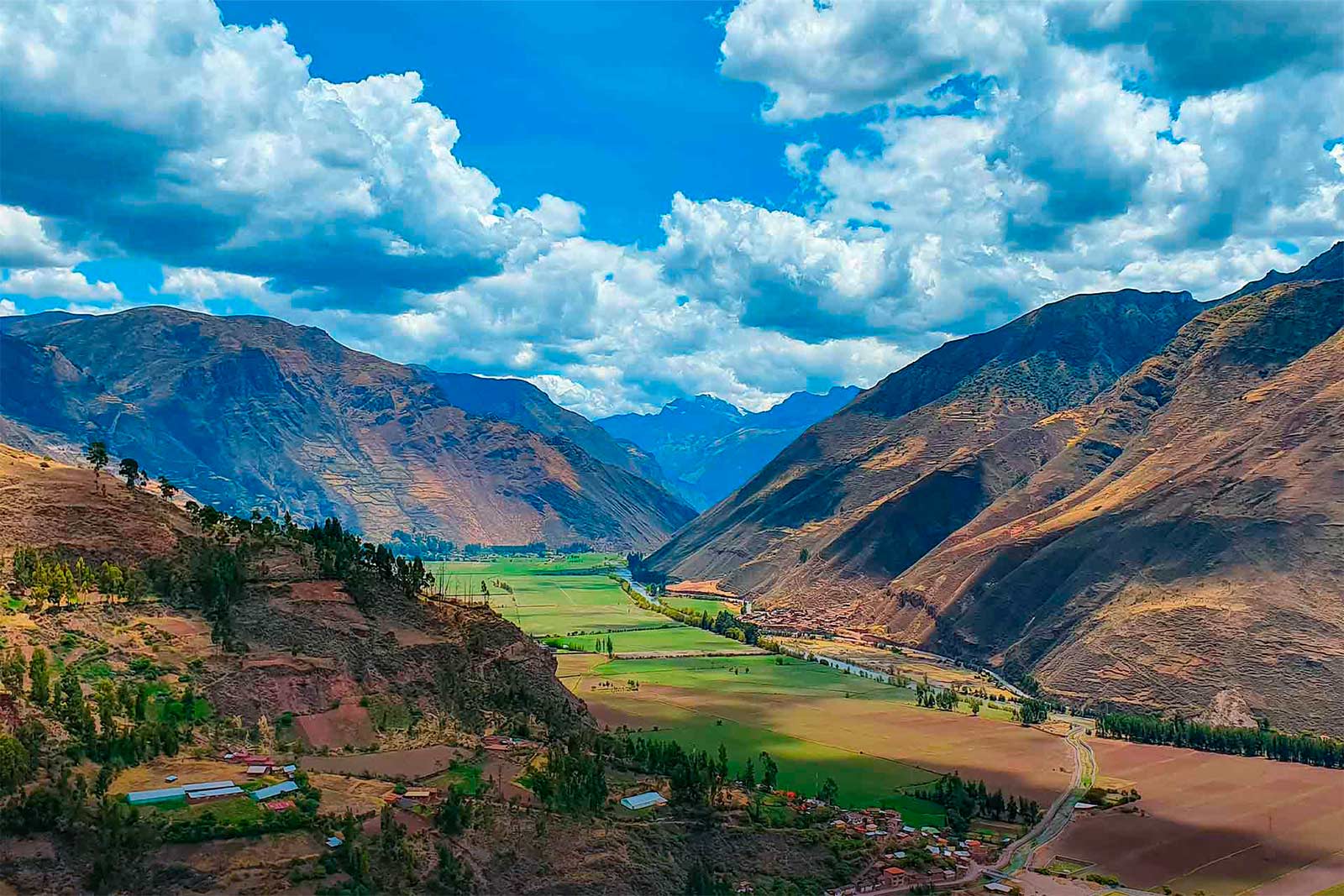
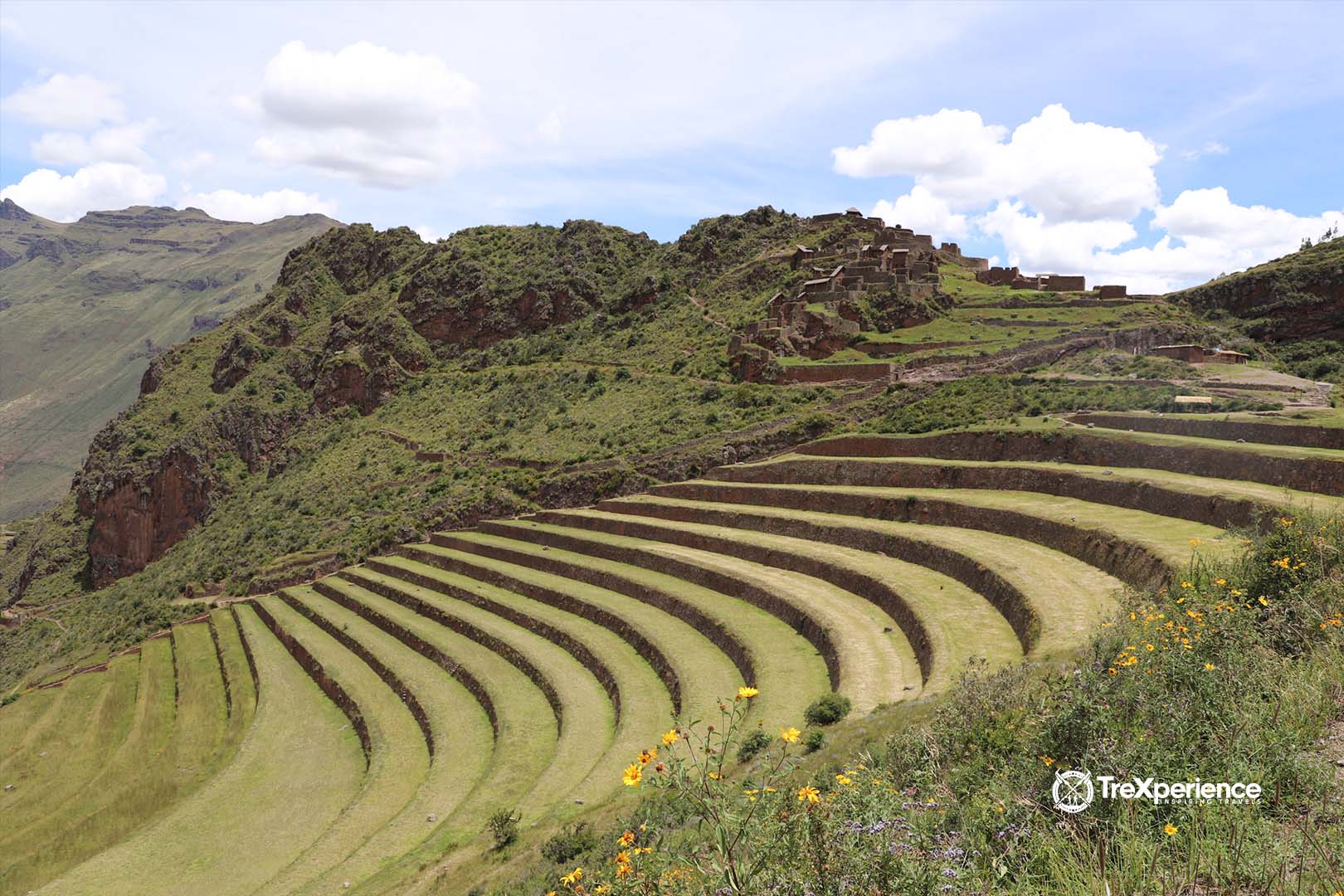
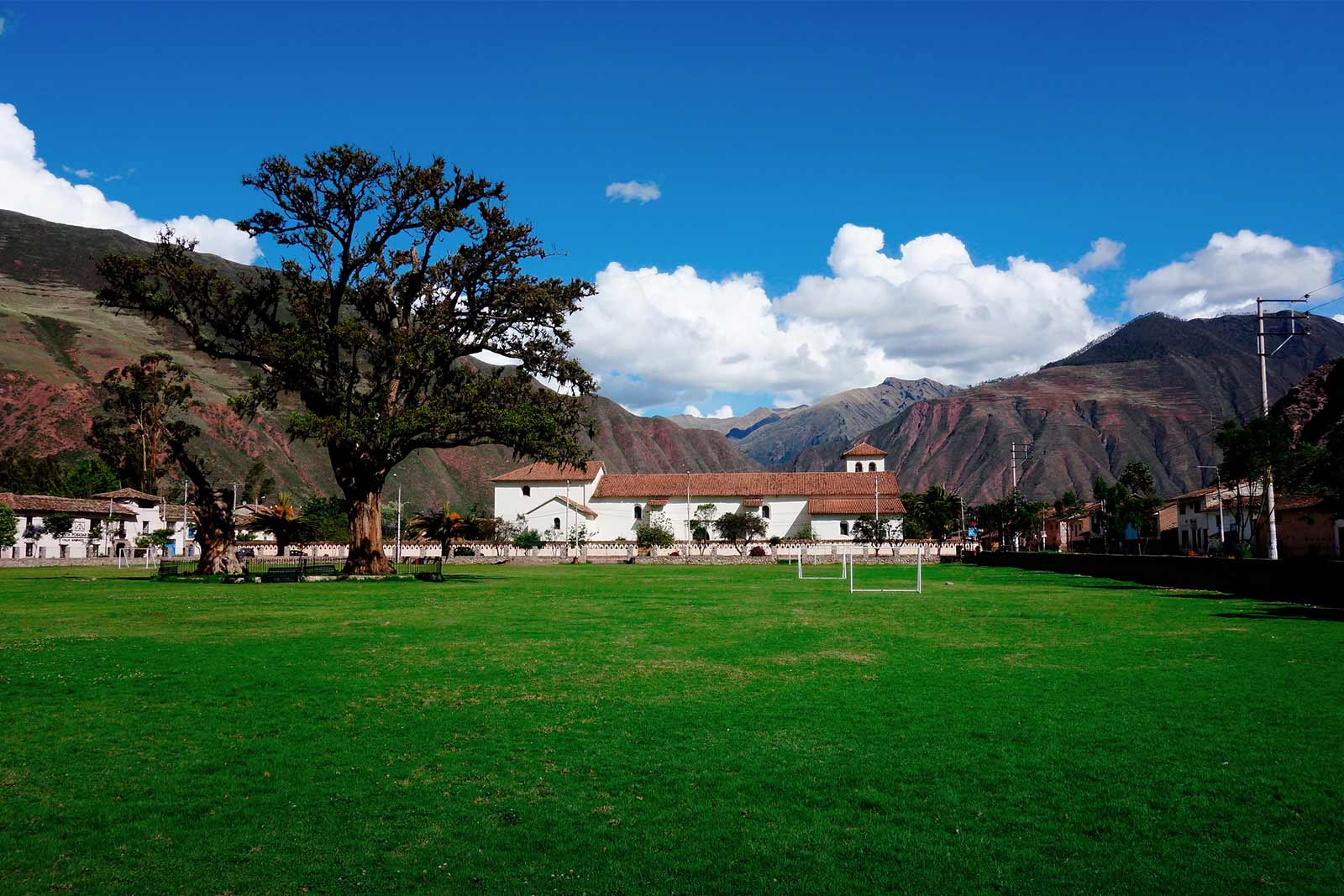
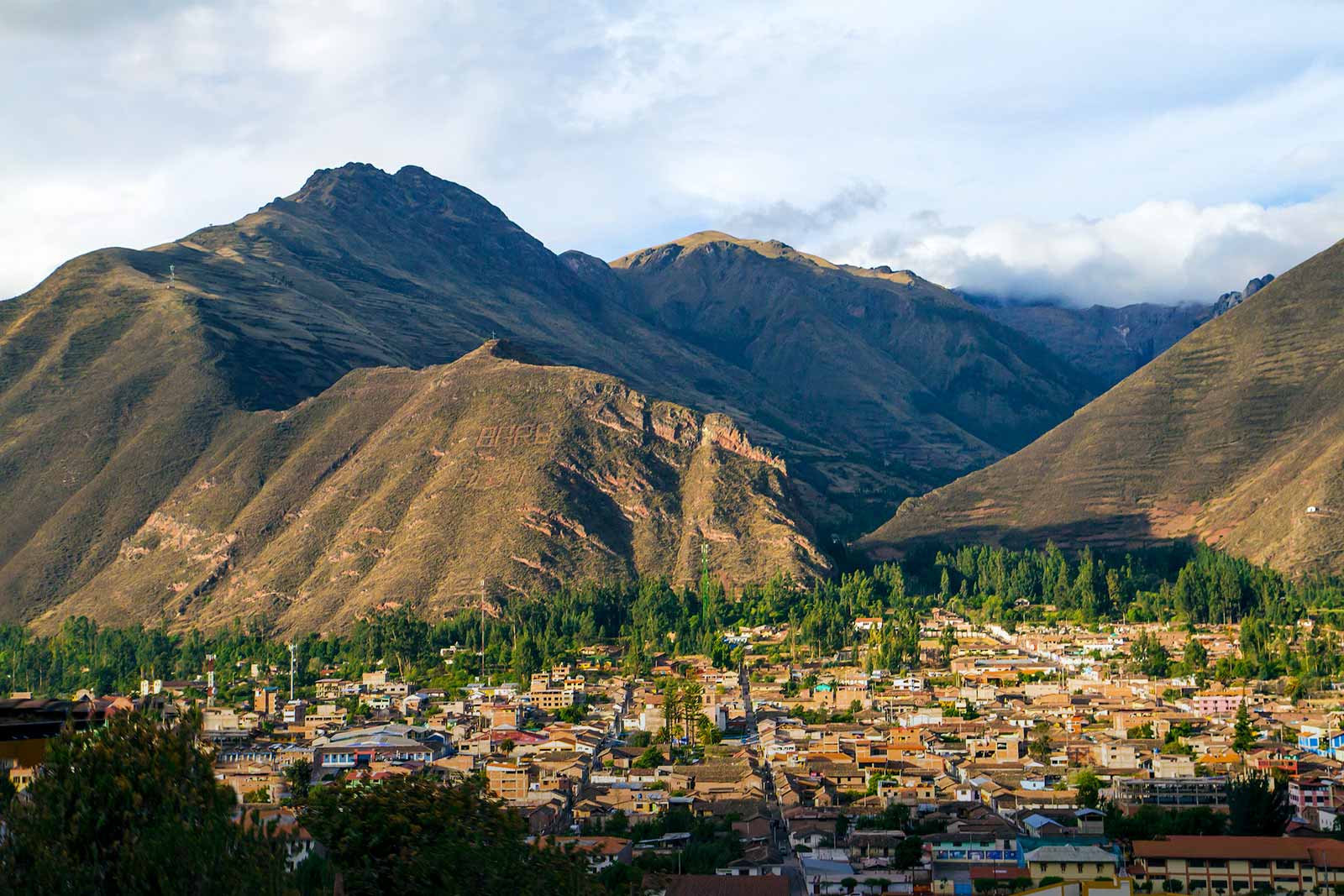
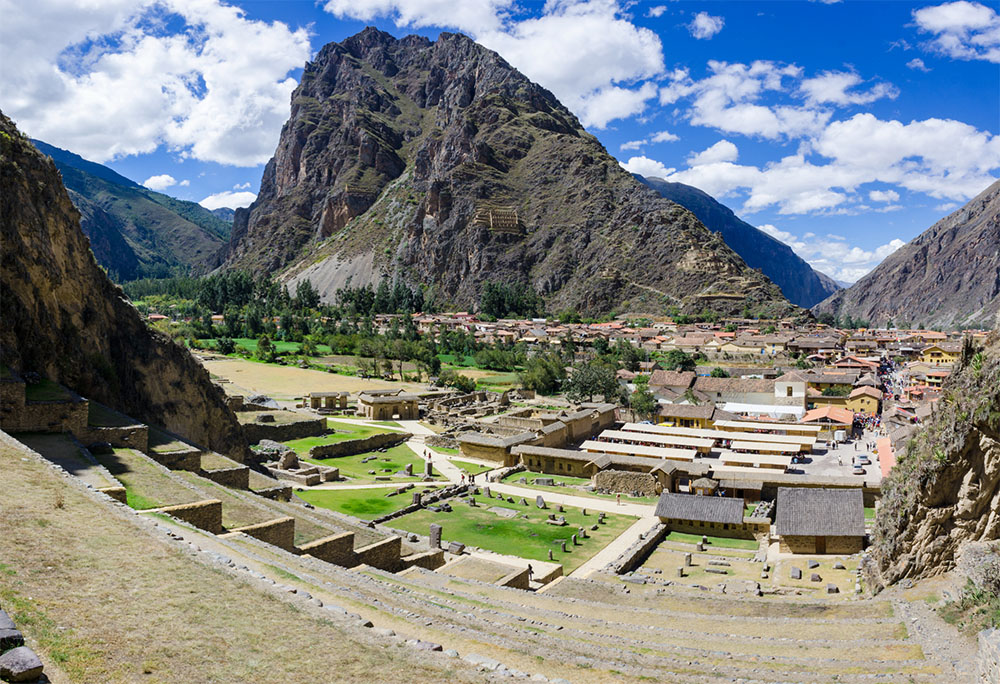
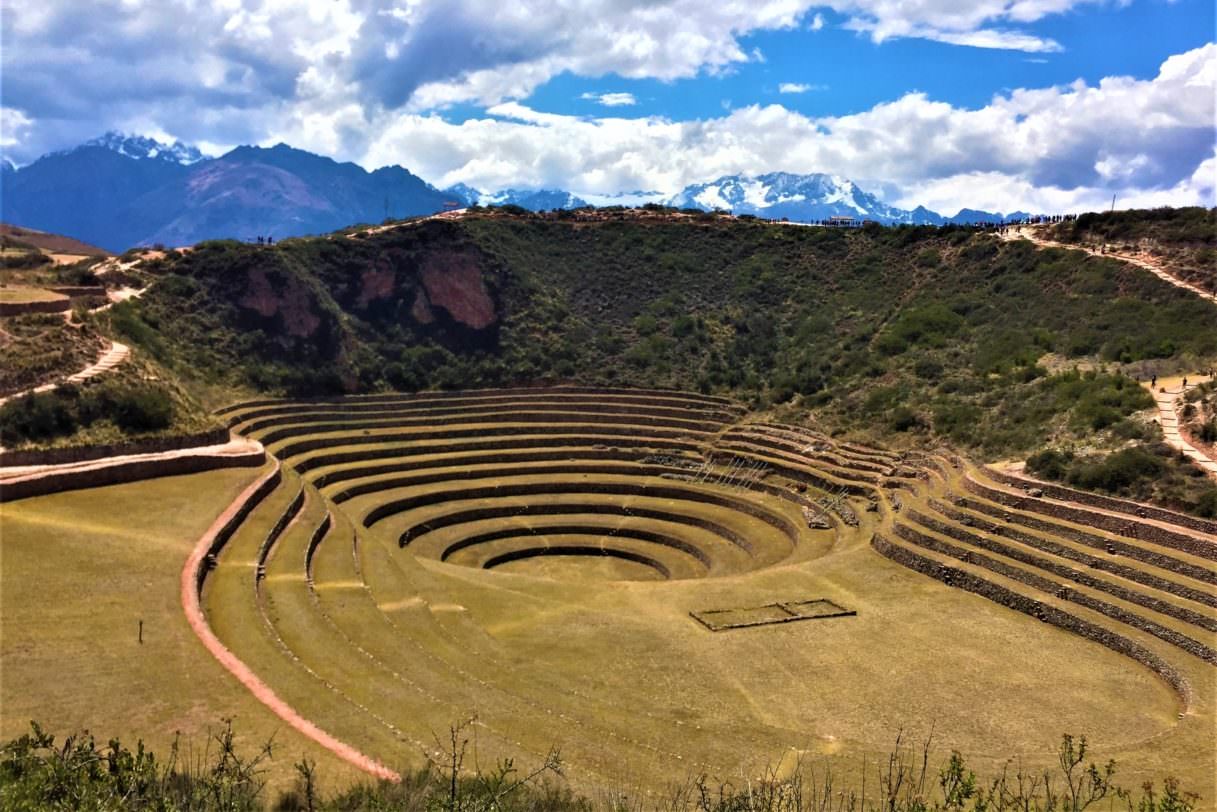
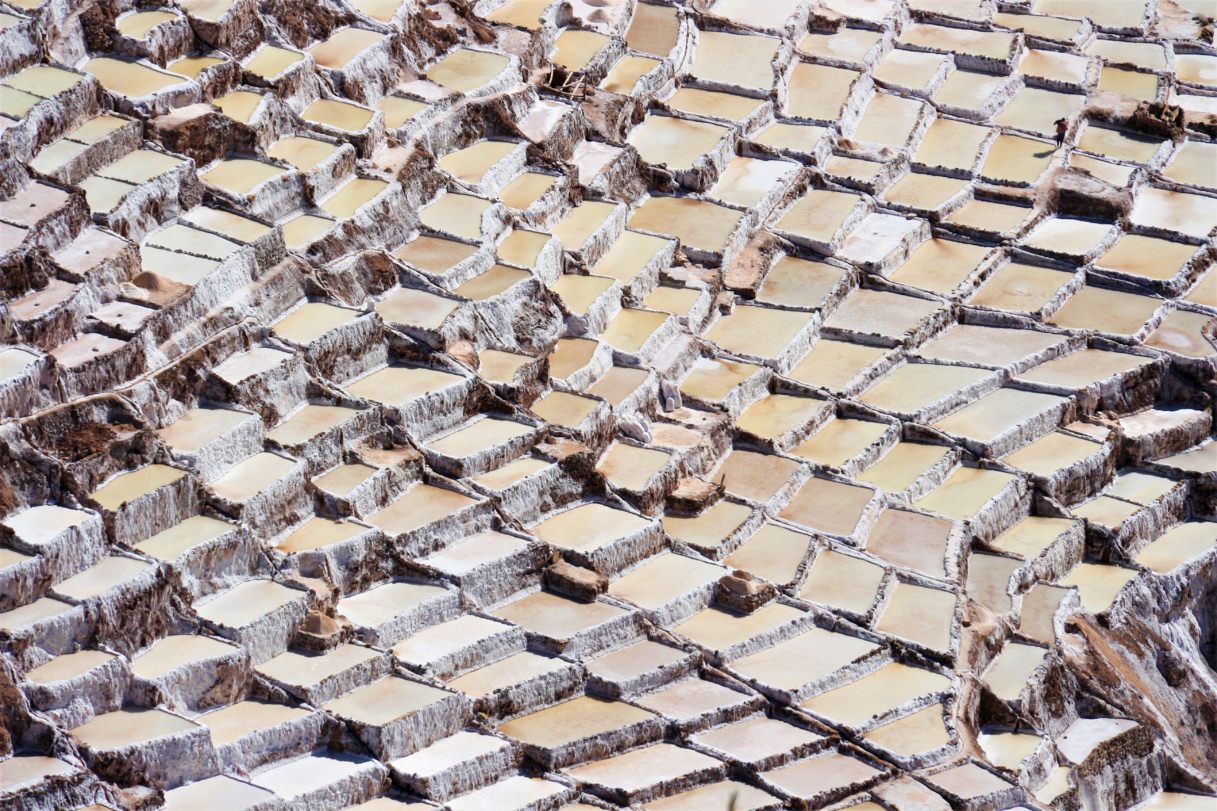
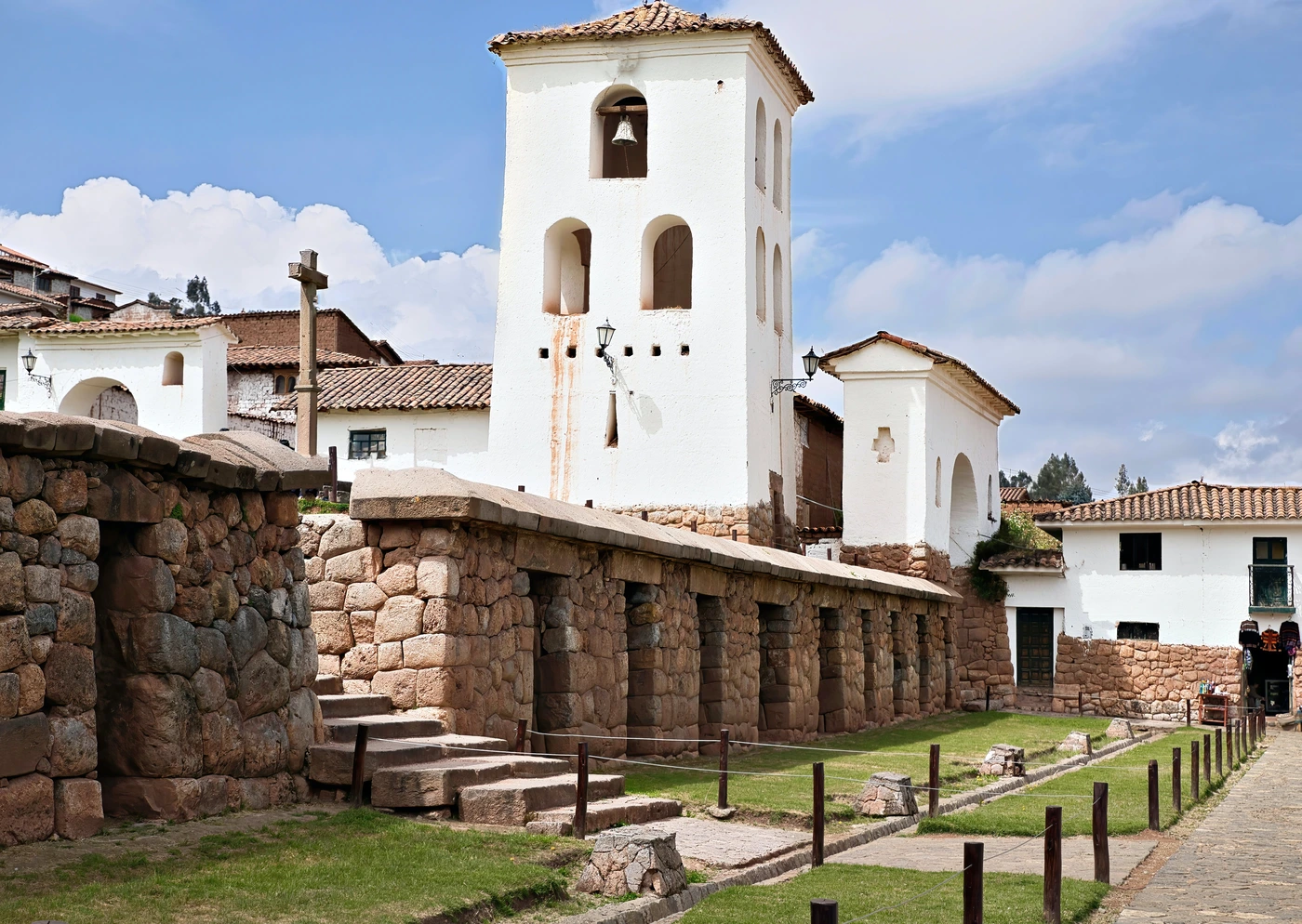
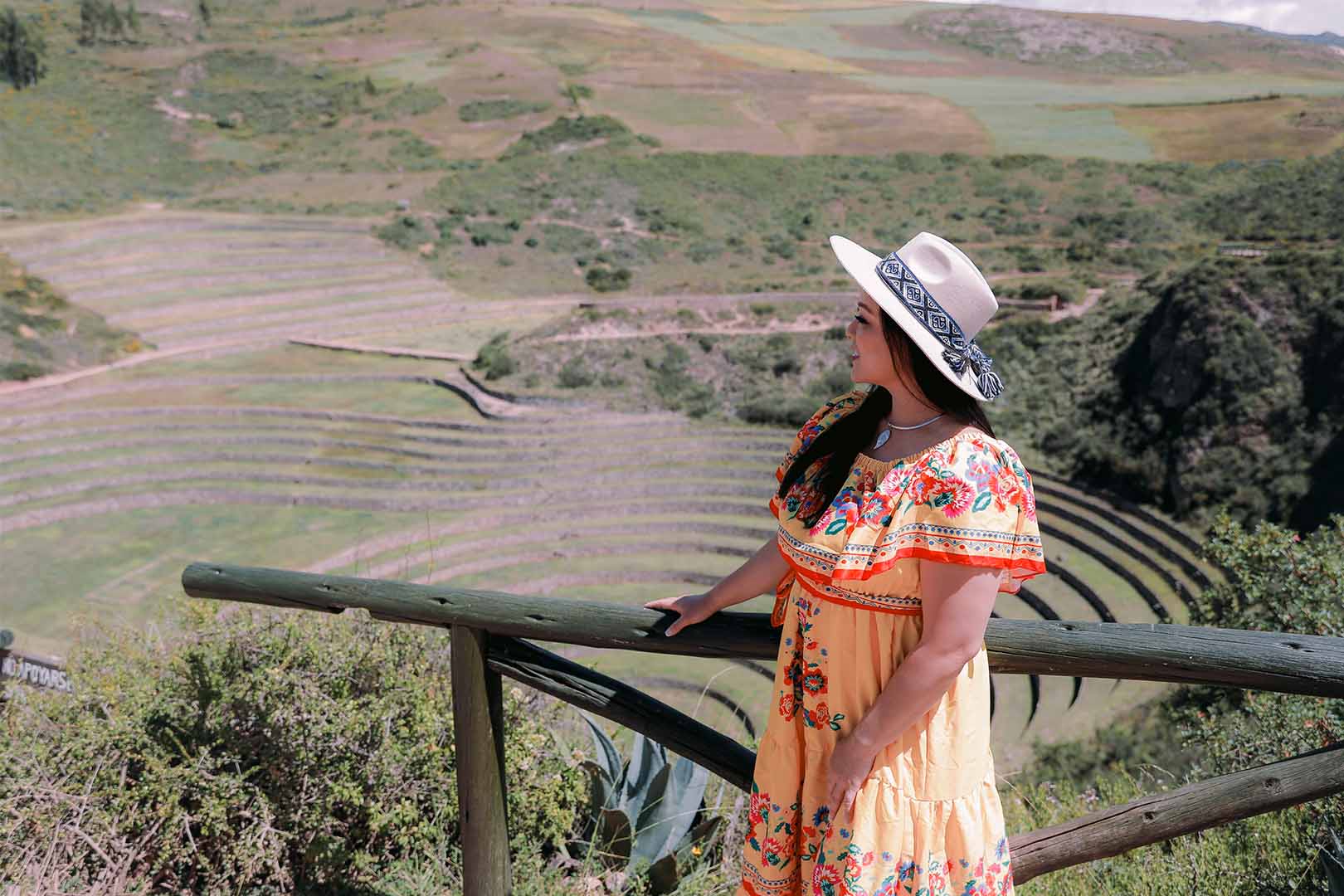
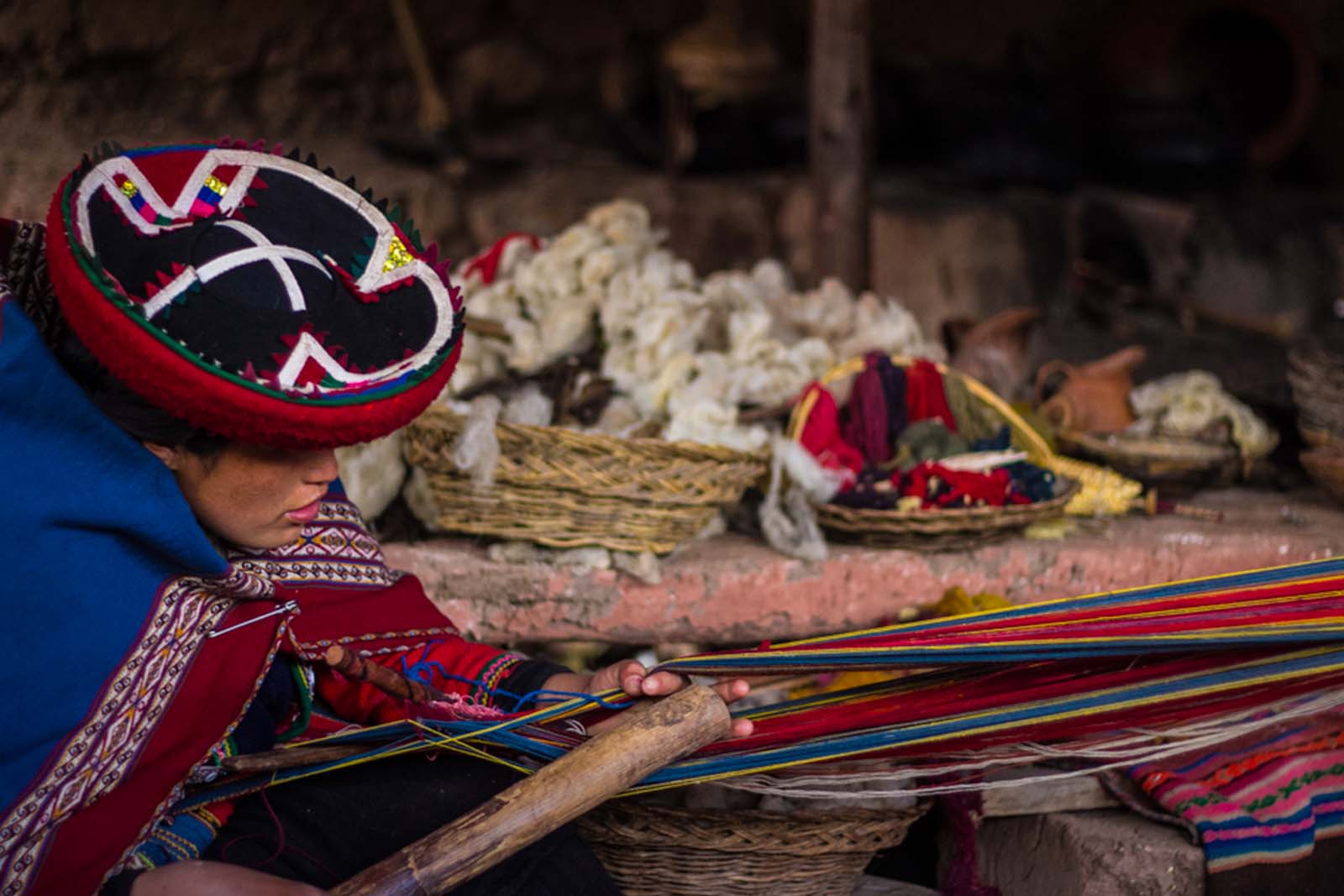
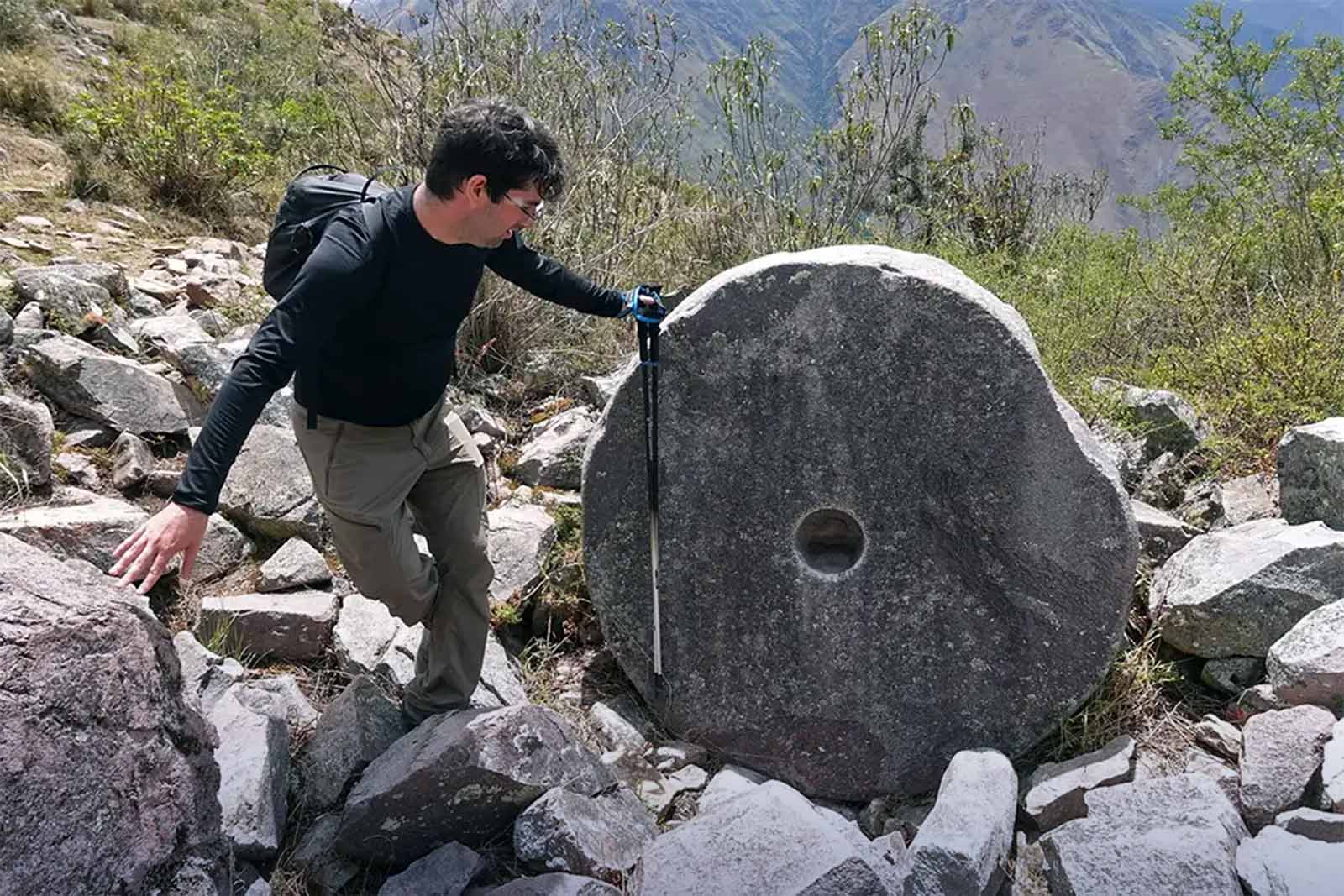
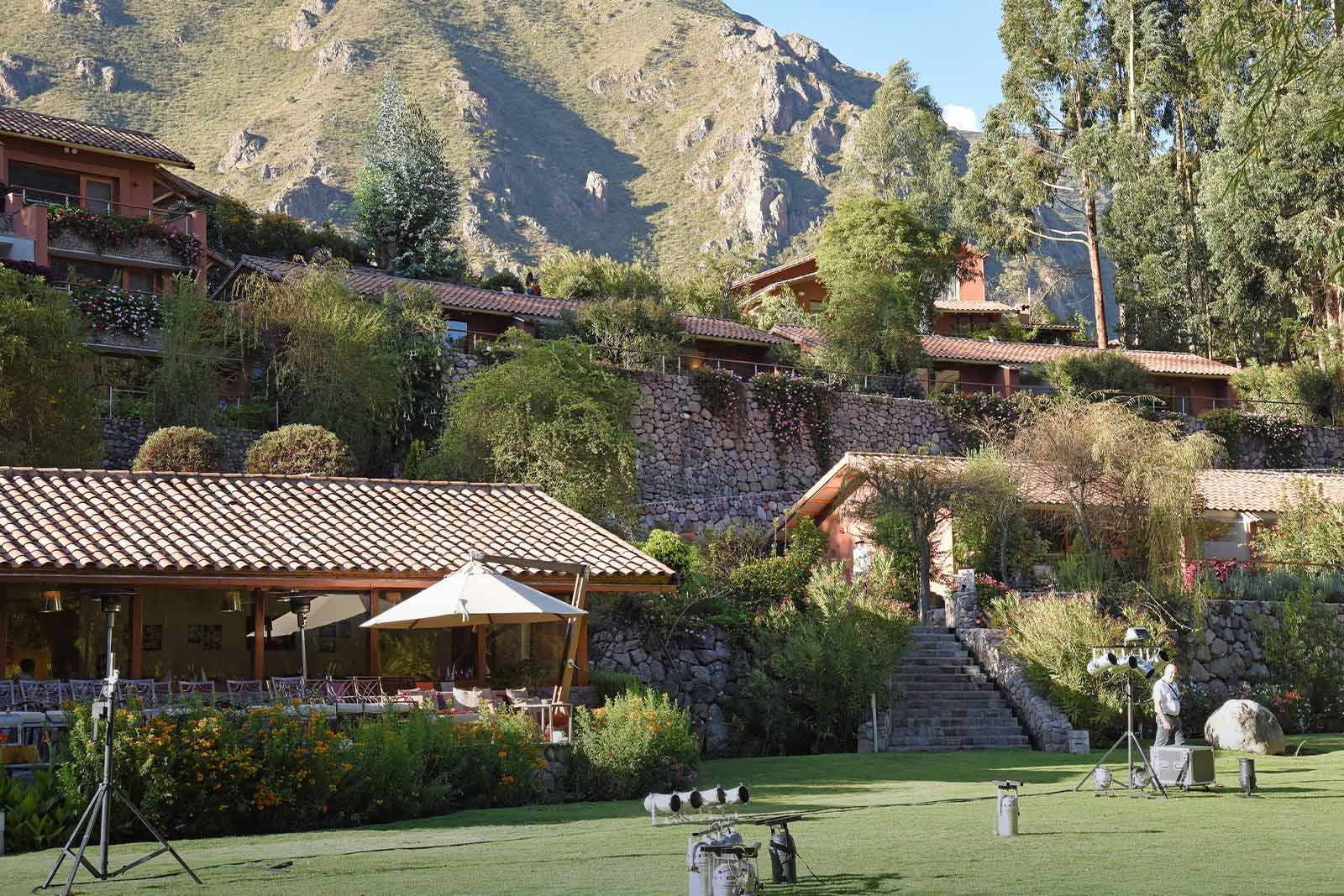
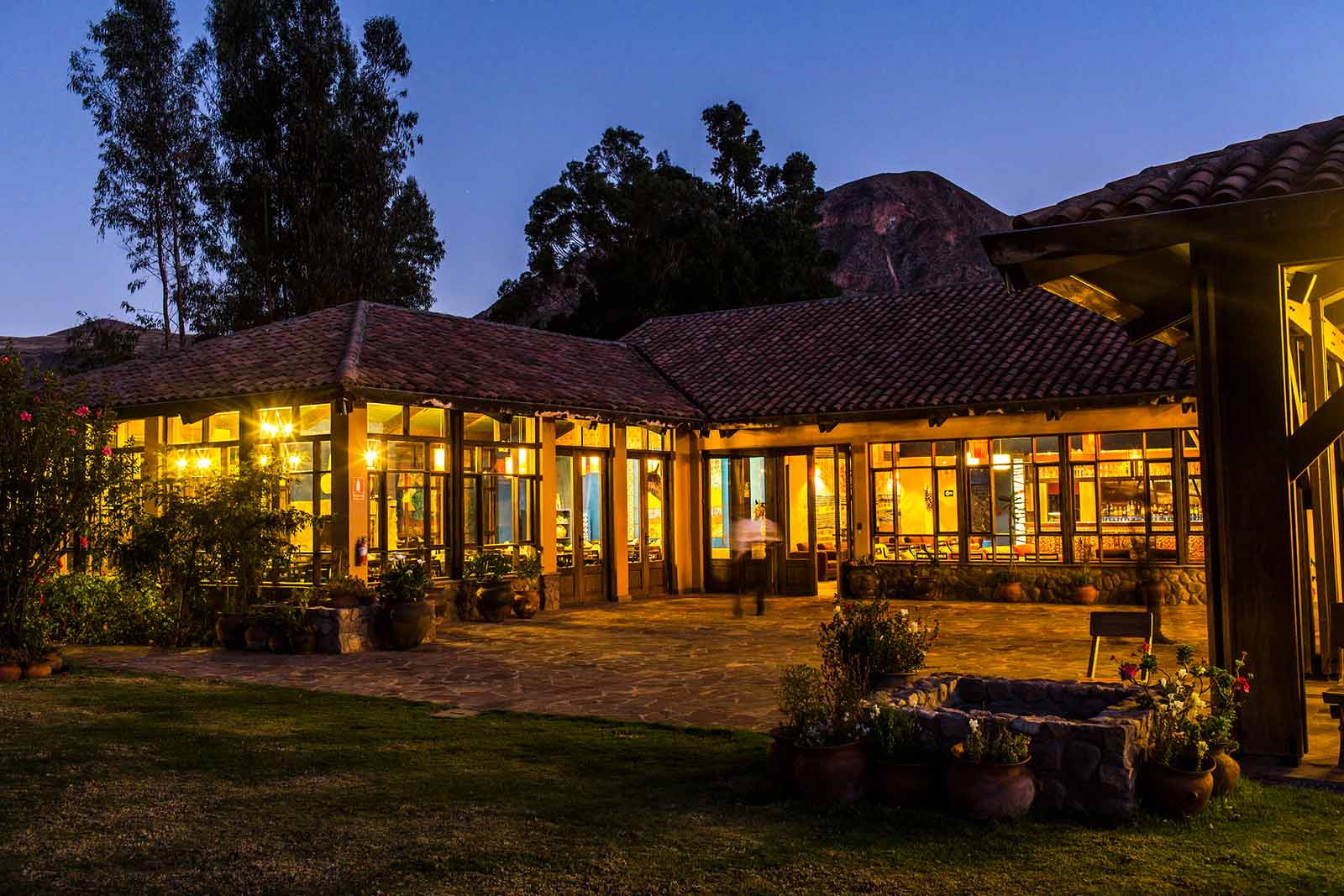
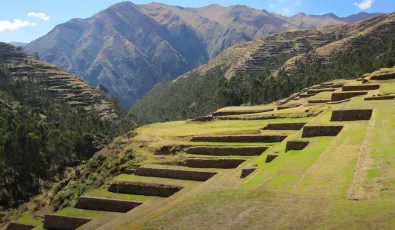
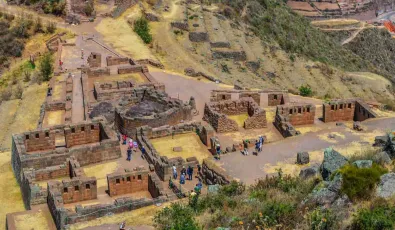
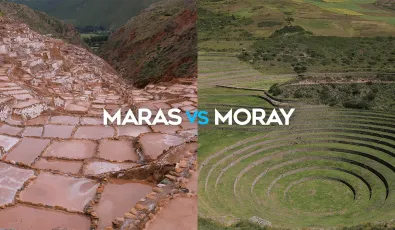
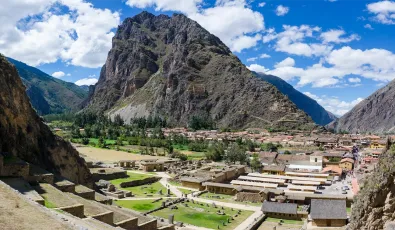
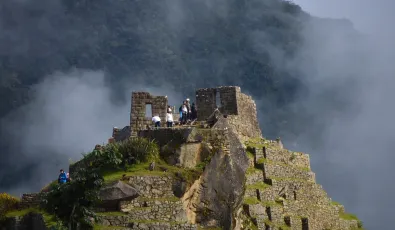

Add new comment